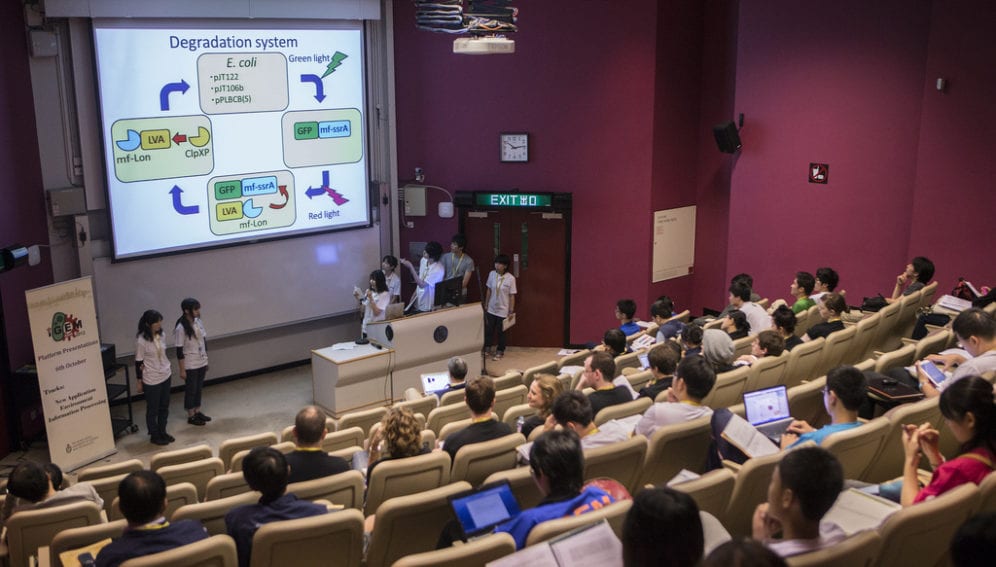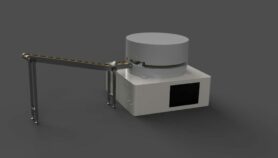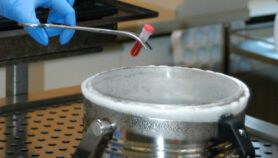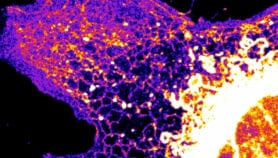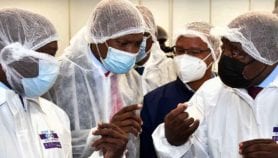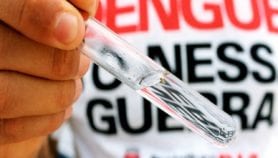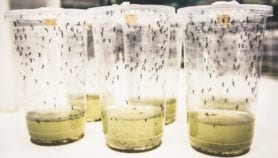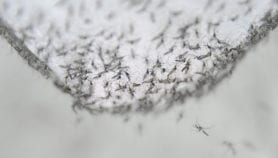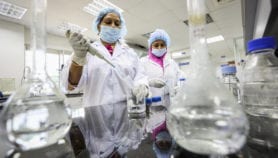By: Charlotte Owen
Send to a friend
The details you provide on this page will not be used to send unsolicited email, and will not be sold to a 3rd party. See privacy policy.
Cheap and portable technologies to detect contaminated drinking water and diseases that are rife in developing countries are among the winning entries in a synthetic biology competition, the International Genetically Engineered Machine (iGEM).
The competition had 215 entries from more than 30 countries, including Brazil, China, Costa Rica and Indonesia — as well as debutants Kazakhstan and Nepal. Prizes were awarded in a range of categories at an event held in the United States earlier this month (1-4 November).
Many participating students “want to make a difference in the world” and therefore tend to focus on the application of technologies for use in developing nations, Meagan Lizarazo, vice-president at the US-based iGEM Foundation that runs the competition, tells SciDev.Net.
Several teams developed simple tools to detect water contaminants, including cadmium and the bacteria that cause cholera, with the aim of producing cheap devices and systems for use in remote locations.
One winning team from the University of Buenos Aires, Argentina, for example, developed a biosensor to detect arsenic-polluted water that requires no previous training and is cheap and portable.
“As we live in a developing country, we wanted to make a biosensor that could reach any kind of person, no matter [what] their economic situation, their education level or where they live,” team member Santiago Sosa tells SciDev.Net.
“It is important for people to know at least whether their water is drinkable or not. So if remediation is not yet possible, people can modify their water consumption practices,” he says.
Sosa and his team genetically engineered bacteria so they would turn red in the presence of arsenic, signalling danger to users. The team is now developing another biosensor that could be used to sense different pollutants, such as lead, mercury or nitrates.
A team from Indonesia, a country with one of the highest tuberculosis (TB) burdens in the world, developed a portable device that detects a protein known to be associated with the disease, in blood samples.
“The absence of reliable diagnostic tools in suburban areas, where TB cases are most likely to be found, is still a great obstacle in TB eradication efforts,” says the team from the University of Indonesia.
Other innovative projects included an entry from another Indonesian institution, the Bandung Institute of Technology, which designed a biosensor for detecting aflatoxin, a food contaminant common in many developing countries that can cause serious health problems.
When the iGEM competition began in 2004 just five teams entered. Organisers say that up to 300 teams might compete in 2014. While few entries go on to reach the market, “several have seen nascent interest in being developed further”, says Lizarazo.
A 2006 entry from the University of Edinburgh in the United Kingdom, for example, which won an award for developing an acidity-indicating device for detecting arsenic in waters in developing countries, has since attracted widespread support. Its team is currently trying to commercialise the technology globally.
See below for a video produced by a team from Paris Descartes University in France which also produced a TB-sensing GM machine and won one of this year’s grand prizes:


